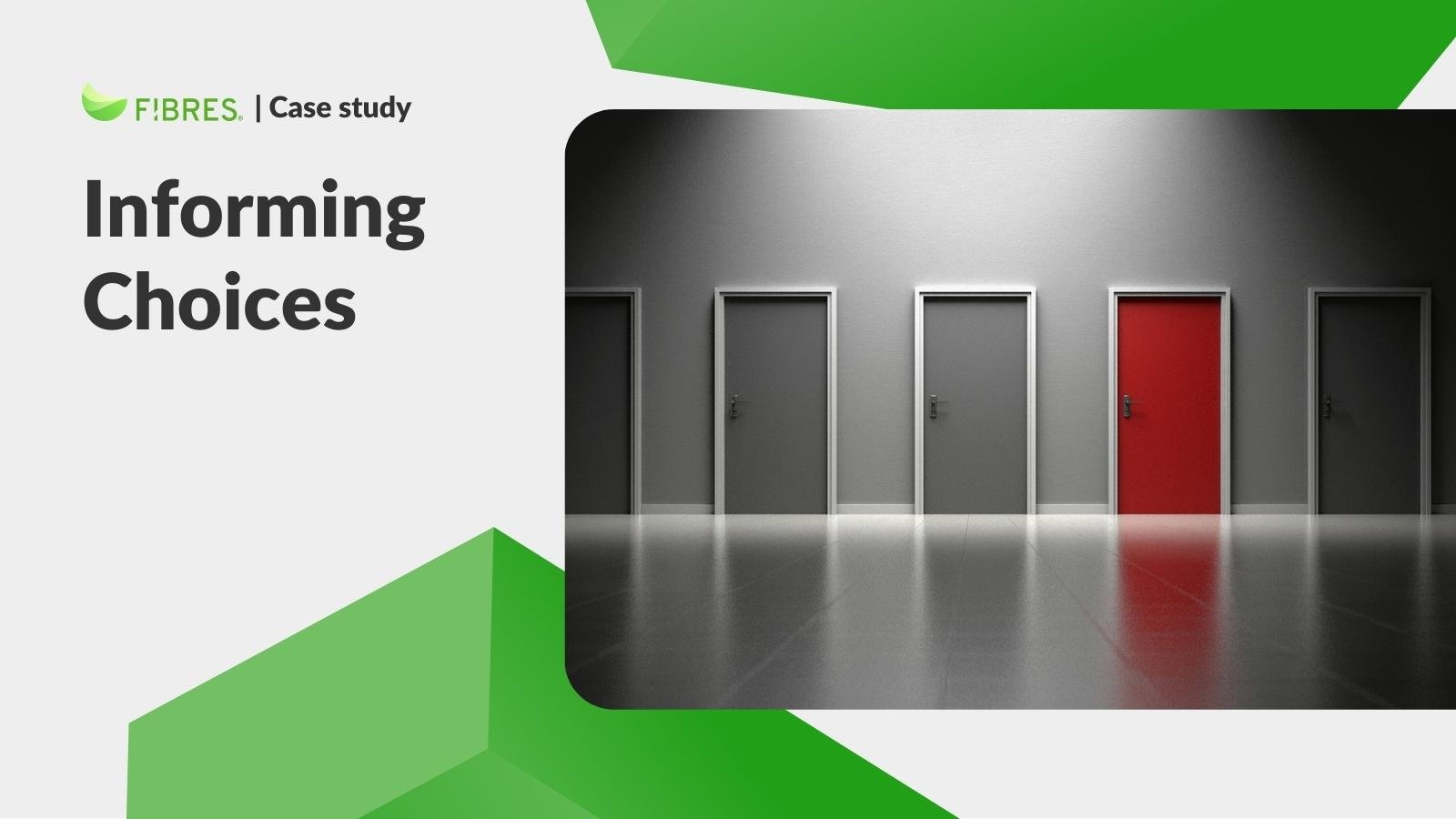Structuring future insights with the help of a foresight tool

Steve Wells is a futurist and keynote speaker who advises his customers about future change. Over the years, Steve has compiled an impressive collection of future insights, like descriptions of future trends and change factors.
Previously, Steve has used Blogger to publish his future insights. It worked moderately well for him, but for a while now, Steve's had the feeling that the platform is not the best solution for organizing and making sense of his future insights.
"I had a feeling I could do much more with the information I had. Blogger has key word search functionality but that's about it. There were limited possibilities for exploring the information and creating cross-linkages within the information, like connecting the general to the specific, for example," Steve says.
Stop streaming, start accumulating
Don't let important nuggets of wisdom slip through your fingers anymore. Begin gathering knowledge in a shared futures repository with your organization, enhanced by AI.
With FIBRES, Steve can structure his content into phenomena of different sizes: megatrends, trends, signal clusters, and signals. He can link his larger phenomena with smaller ones, creating a rich web of interconnected insights.
Capturing and making sense of signals of future change can be a complex process, especially in a fast-paced world. In this video, Steve highlights how FIBRES helps streamline this process through its powerful linking capabilities, including creating summaries that group related findings under a common theme:
He can also place his content on a trend radar that's configured with segments relevant for his work, ranging from politics to society to environmental topics.
In addition to the radar, Steve's account has been configured with a Classification to assess the likelihood of a given change taking place on a scale of expected, low, moderate, and high.
All of this helps Steve create structure within his data. Thanks to FIBRES, he is able to go from sharing individual insights to building a comprehensive future narrative – in other words, tell a better story.
"I've really enjoyed adding my information to the platform. Doing that is forcing me to relook at the information and consider it in a more structured way: What might the impact be? How uncertain is it? How far out is the peak impact? How might it link with other trends or signals?" Steve says.
Steve wasn't actively looking for a solution like FIBRES, but when he talks about using the software, he makes it sound like he didn't know what he was missing out on.
Curious about how Steve experiences the platform in action? Check out this video where he shares his thoughts on FIBRES' user experience:
Steve says it struck him how intuitive FIBRES was to use. “It feels like things just fall into place almost by themselves,” he shares. Beyond its ease of use, Steve was surprised by how effectively the software helps him make sense of his data. Using natural language processing, FIBRES analyzes his content and suggests connections that are often spot on, opening up new perspectives on his findings.
"The visual network that grows with each linkage I make is another valuable feature. In the center of my network map, I see a mass of connected items. Around it, there are smaller groups of connected findings. But on the outskirts, there are some disconnected findings. That fascinates me! What is the reason? Are they actual outliers or do they relate to something but I just haven't made the connection with yet? I think a lot of companies would benefit from seeing their insights in this way. It can ignite conversations which are crucial to collaborative foresight", Steve says.
Visualize your trend data with a dynamic network view
FIBRES provides intuitive data visualization for futurists, helping you find trends and insights to stay competitive. The trend network updates with each data point added to your foresight database.
So far Steve's focused on using FIBRES to work with his existing information, but he's already discovered ways that he can use FIBRES to grow his futures understanding. He's found a lot of value in the web clipper combined with the aforementioned recommended linkages, which make it easy to connect his new findings with his existing findings.
"The web clipper is SO good. When I see something interesting on BBC News for example, I can simply add it to my radar, and FIBRES will recognize what the article is about and recommend others like it from my existing findings."
Foresight tool to help you deliver standout strategies and solutions
Leading consultancies and visionary futurists alike rely on FIBRES to stay ahead of emerging trends and innovations. Gain unparalleled insights and foresight, captivating and exceeding your clients' expectations.
Milla Rogge is head of marketing at FIBRES. She's excited to learn foresight best practices from the top organizations in the world already running their own foresight workflows and to share those learnings with others.
Stay in the loop
Get our latest foresight tips delivered straight to your inbox. You may unsubscribe from these communications at any time.